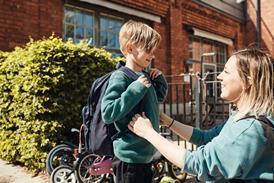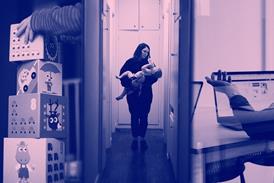- Home
- About
- Topics
- Parenting
- Stories
- Growing faith
 Christian devotions at home for children with additional needs are hard but worth working at
Christian devotions at home for children with additional needs are hard but worth working at Parents are the key to bridging the gap between church and school
Parents are the key to bridging the gap between church and school A tool to help your child ‘take captive every thought’ and walk in freedom with Christ
A tool to help your child ‘take captive every thought’ and walk in freedom with Christ ‘What do you do?’ A Christian mum finds the question triggered more than she expected
‘What do you do?’ A Christian mum finds the question triggered more than she expected
- NexGenPro
- Donate
Conversation or monitoring - which is the right approach?

The Royal College of Psychiatrists has produced new guidelines for mental health professionals with regard to self-harming among children and young people. The most significant changes relate to digital technology. The advice states that, ‘It is important for parents to be interested and engaged in their children’s digital lives as early as possible’, that parents should recognise the benefits of the online world, and that ‘trust and communication are likely to be more helpful to the young person than attempts at surveillance’.
This article is for subscribers only - SIGN IN here
If you want to read more, subscribe now for instant access to 1000s of resources, advice, ideas and support for anyone involved in family, youth and children’s ministry.
PLUS receive a weekly newsletter to keep you up to date with what’s new, what’s seasonal and what’s in the news!
If you are already a NexGenPro subscriber, SIGN IN



































